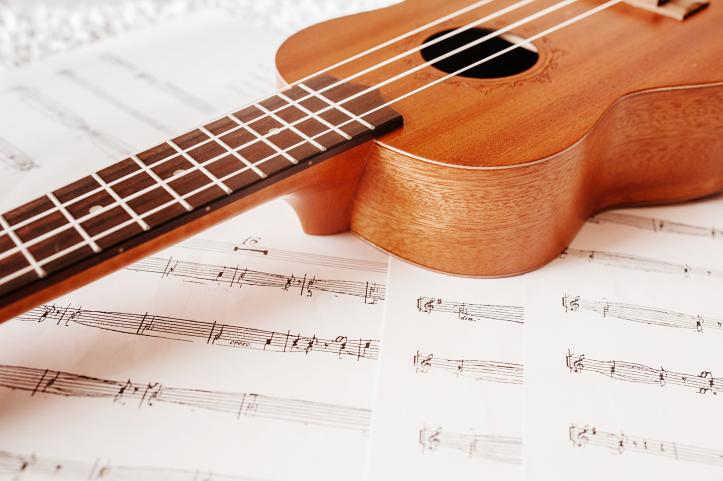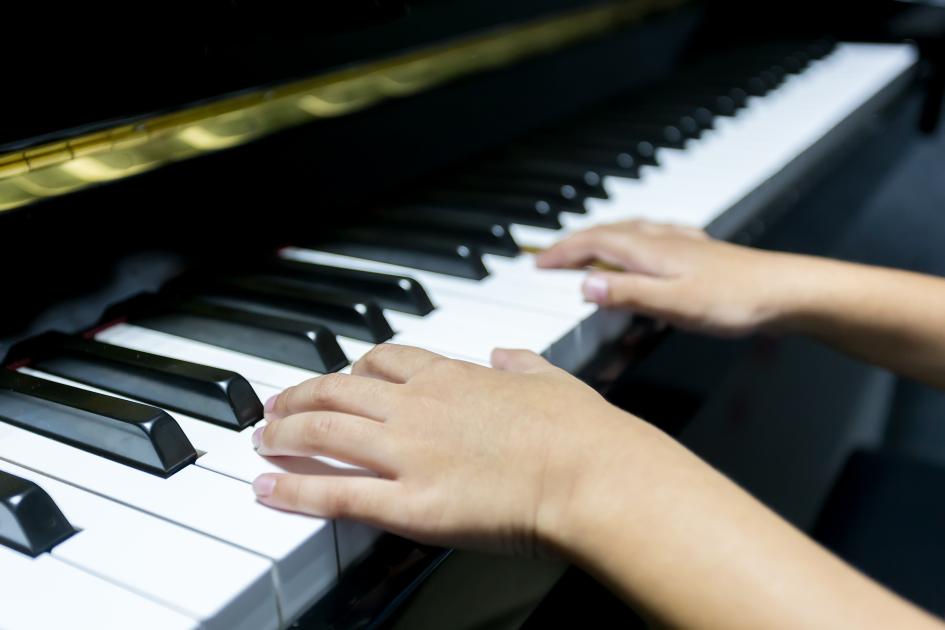Music and brain activity: What happens?
Using music in a therapeutic process (part 1)
Almost all of us, at some point, have experienced the great power that music exerts on us, to move us, thrill us, create feelings of community, or make us remember episodes of our lives that we thought we had forgotten. But is it possible to use music for a therapeutic process?

Music has proved to be an excellent aid for the treatment of multiple pathologies, disorders, or emotional problems.
Some history of Music Therapy
In the middle of the 20th century, thanks to the scientific evidence on the positive effect of music on the physical and emotional level in veterans of World War I and II, the National Association for Music Therapy was founded in New York, thus creating a new discipline of study, Music Therapy.
The relationship between music and health is nothing new, Aristotle, Plato and even the ancient Egyptians described the effects of music on the human body and mind. But it wasn’t until the 90s of the past century that, thanks to advances in neuroimaging, it was possible to carry out numerous investigations in which music, neurology, psychology, and technology joint hands to demonstrate the great influence of this artistic expression in our brain. Thus, a new branch of study was born in the tree of the music therapy: the Neurological Music Therapy (NMT)
What happens in our brain when we listen to or play music?
Music begins as moving air that impacts on our eardrum making it vibrate. This vibration is translated into electrical impulses thanks to some ossicles located in our inner ear. From there, the signal is transmitted to the brain stem, from where it will be sent to the primary auditory cortex and from there, to neuronal networks. It is a complex process that involves several structures, which will be in charge of processing, analysing, giving meaning and storing the different elements of the sound, in something that we will later perceive as music.
In this way, a simple vibration in the air, in our brain is transformed into an activation of the areas and circuits of perception, emotions and memories, reward, attention and the circuits in charge of planning and carrying out movements.
Moreover, if we add to musical listening the action of playing or improvising music -without having to be a professional- practically all brain structures will be activated. The areas responsible for visuospatial processes will be activated when reading a lyric or a score; the hippocampus and the prefrontal cortex will be activated to remember, situate ourselves and plan the necessary aspects for the musical performance; the premotor areas and the basal ganglia will allow us to sing and plan the movements; the cerebellum will provide the harmony of movement and rhythm; the limbic system will provide emotion and memory; and the activation of the corpus callosum will allow the passage of information between both cerebral hemispheres. All this will occur, of course, to a greater extent if we are dealing with a professional musician.
It is very difficult to find a human activity that involve the brain in such a massive way as music does. This particular fact is what makes music practice a brain training activity.

Neural plasticity and music therapy
It has been seen that most neurons do not have the ability to reproduce, but they do have the ability to create new connections, and this is an ability that lasts until the end of life. Every time we experience something or perform a new activity, the brain restructures itself by creating new connections. The more times we perform the same activity, the stronger those connections become. This ability to restructure neural connections is called neural plasticity.
This property enables information pathways between different areas of the brain, allowing us to perceive, learn, relate causes to effects, repeat adaptive behaviours and avoid harmful ones.
To sum up, thanks to this generalized activation, music can stimulate the brain to train its cognition, attention, memory, planning, emotional modulation, motivation, and behavioural skills.